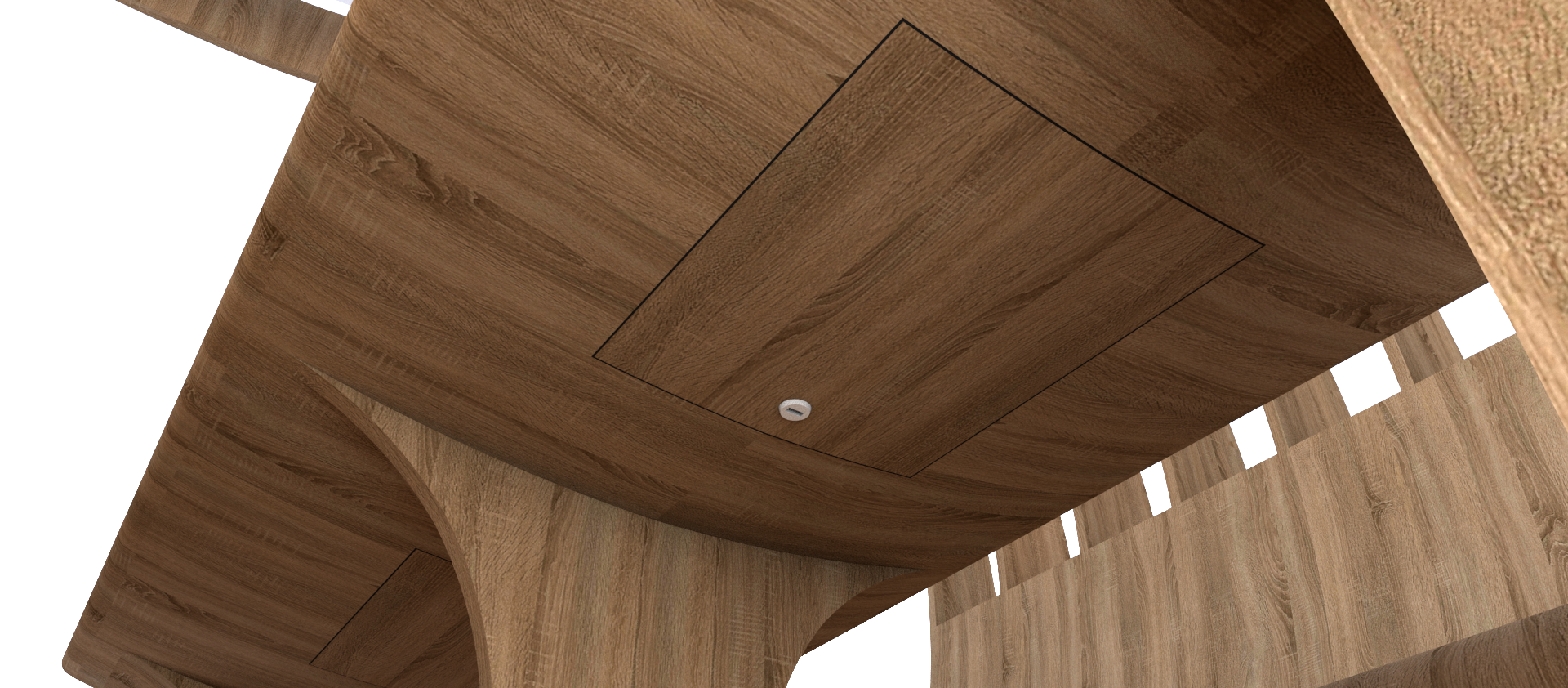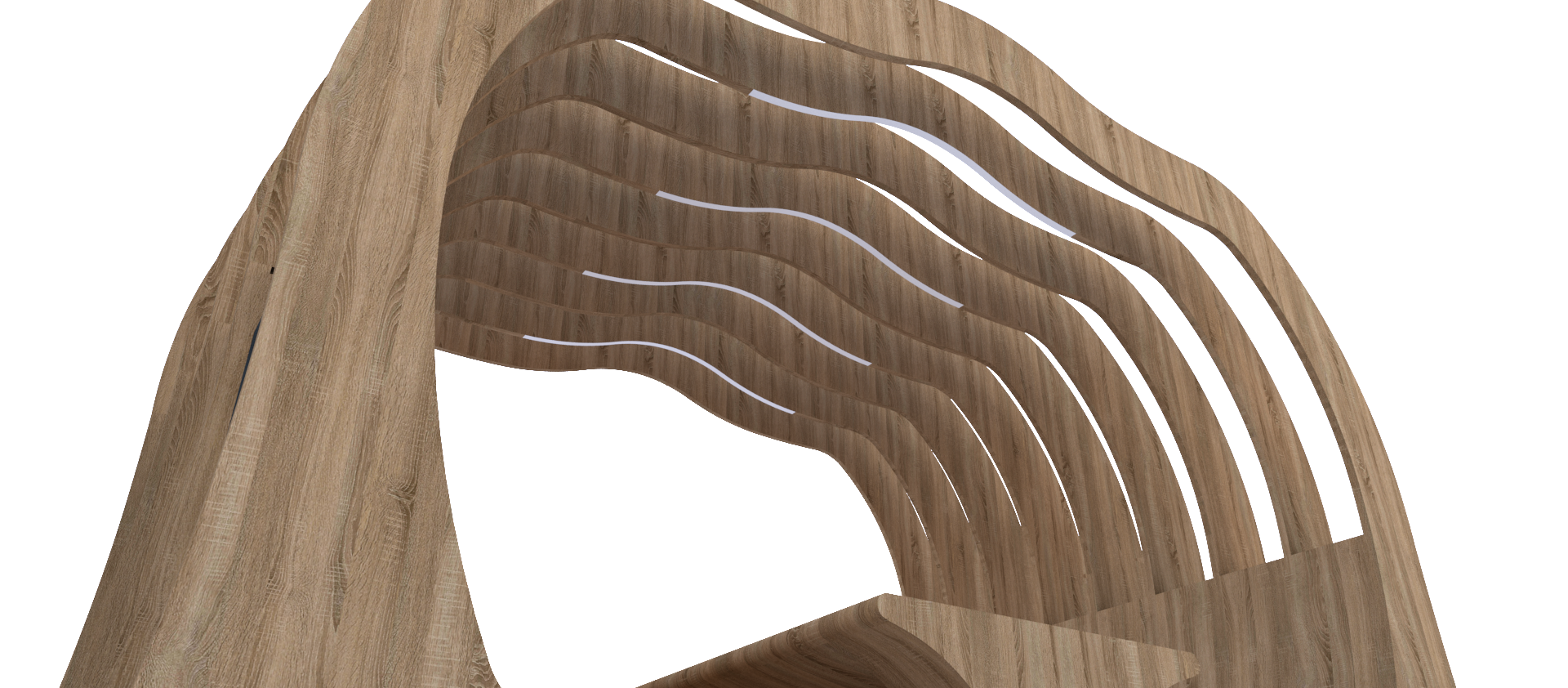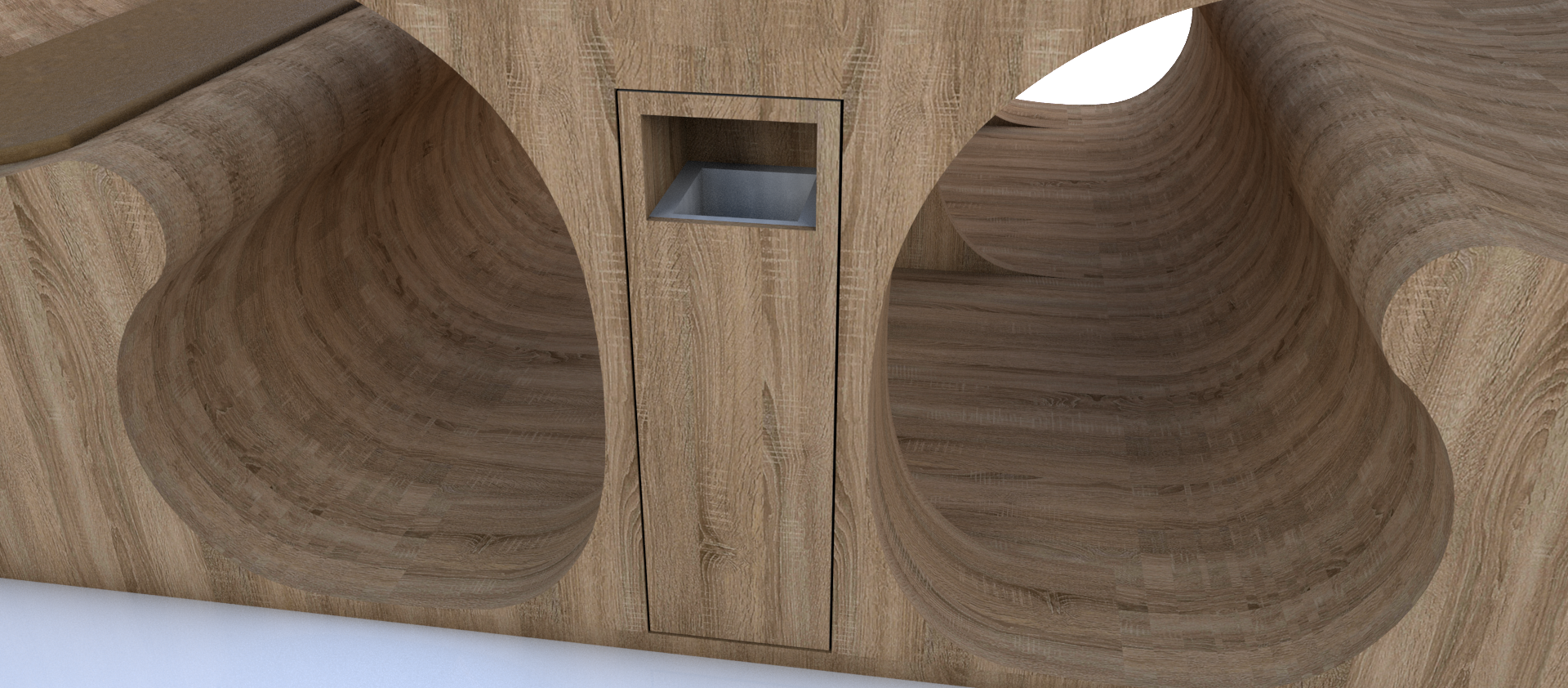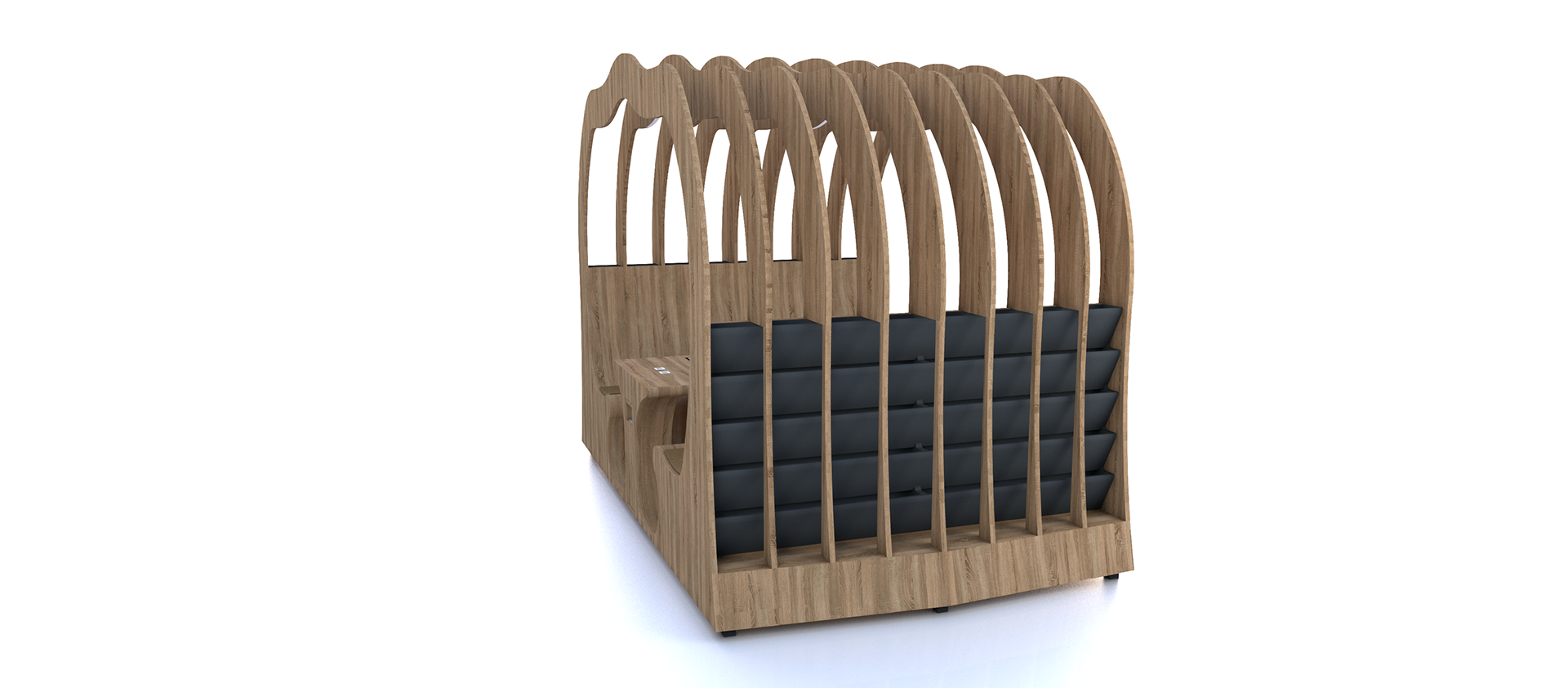TDC&Co
In collaboration with The Design Company & Co, I wrote a case study on how the customer experience in shopping centers could be enhanced.
In this qualitative study, I examined the impact of customer experience in shopping centers from the perspectives of both the centers and their customers. I identified various factors influencing customer behavior and translated these insights into conceptual designs, which holds implications for researchers and shopping center management.
In collaboration with The Design Company & Co, I wrote a case study on how the customer experience in shopping centers could be enhanced.
In this qualitative study, I examined the impact of customer experience in shopping centers from the perspectives of both the centers and their customers. I identified various factors influencing customer behavior and translated these insights into conceptual designs, which holds implications for researchers and shopping center management.
The findings indicate that when shopping centers prioritize customer needs over retail considerations, there is a notable increase in both customer experience and foot traffic. The analysis reveals several key aspects of customer experience that are essential for gaining competitive advantages and ensuring customer satisfaction.
Understanding customer behavior proved to be advantageous. Various factors affect customers' preliminary decisions and choices regarding shopping centers, leading to different motivations. This understanding has prompted shopping centers to create diverse environments that blend retail, entertainment and leisure.
Understanding customer behavior proved to be advantageous. Various factors affect customers' preliminary decisions and choices regarding shopping centers, leading to different motivations. This understanding has prompted shopping centers to create diverse environments that blend retail, entertainment and leisure.
I identified negative impacts on shopping centers, with online shopping posing the greatest challenge. Over the years, this trend has spurred various initiatives focused on enhancing the physical shopping experience, including creating more open spaces that offer customers unique experiences unavailable online. These efforts have positively influenced foot traffic and sales in shopping centers.
The comprehensive analysis yielded ten design focus points for shopping centers, which informed further research into sociodemographic needs. The results highlighted that key customer needs include social interaction, entertainment, pleasure, comfort and convenience.
The comprehensive analysis yielded ten design focus points for shopping centers, which informed further research into sociodemographic needs. The results highlighted that key customer needs include social interaction, entertainment, pleasure, comfort and convenience.
As I embarked on my graduation project, I set clear personal development goals that aimed to shape my journey and growth as a designer. First and foremost, I aimed to deepen my competencies in research, design, advising and professionalization. This focus was essential to not only enhance my technical skills but also to cultivate a holistic understanding of the design process. By immersing myself in these areas, I sought to approach challenges with a more analytical and creative mindset, ultimately allowing me to deliver more impactful solutions.
Additionally, I aspired to demonstrate my ability to work as an independent designer by the end of the 20-week period. This goal was particularly important to me, as it signified my transition from being a student to a professional. I recognized that independence in design involves not only technical prowess but also the confidence to make decisions and the ability to manage projects from conception to execution. I embraced this challenge wholeheartedly, knowing that it would pave the way for my future endeavors in the design field.
Creating a professional portfolio that was worthy of graduation was another goal I set for myself. I wanted my portfolio to reflect not just my skills but also my unique design perspective and personal growth throughout the project. The thought of curating my work into a cohesive narrative motivated me to push my boundaries and explore innovative concepts that would resonate.
Finally, I envisioned presenting a concept that addressed the main question of my project while contributing meaningfully to TDC&Co and the shopping center environment. This goal encapsulated my desire to create work that not only meets academic standards but also has real-world implications.
Reflecting on these goals, I feel a sense of excitement and determination. They serve as a guiding light throughout my graduation project, reminding me of the skills I want to develop and the impact I hope to make.
As I progress, I am committed to embracing challenges, seeking feedback and continuously evolve as a designer. Ready to leave my mark on the world.
Reflecting on these goals, I feel a sense of excitement and determination. They serve as a guiding light throughout my graduation project, reminding me of the skills I want to develop and the impact I hope to make.
As I progress, I am committed to embracing challenges, seeking feedback and continuously evolve as a designer. Ready to leave my mark on the world.





